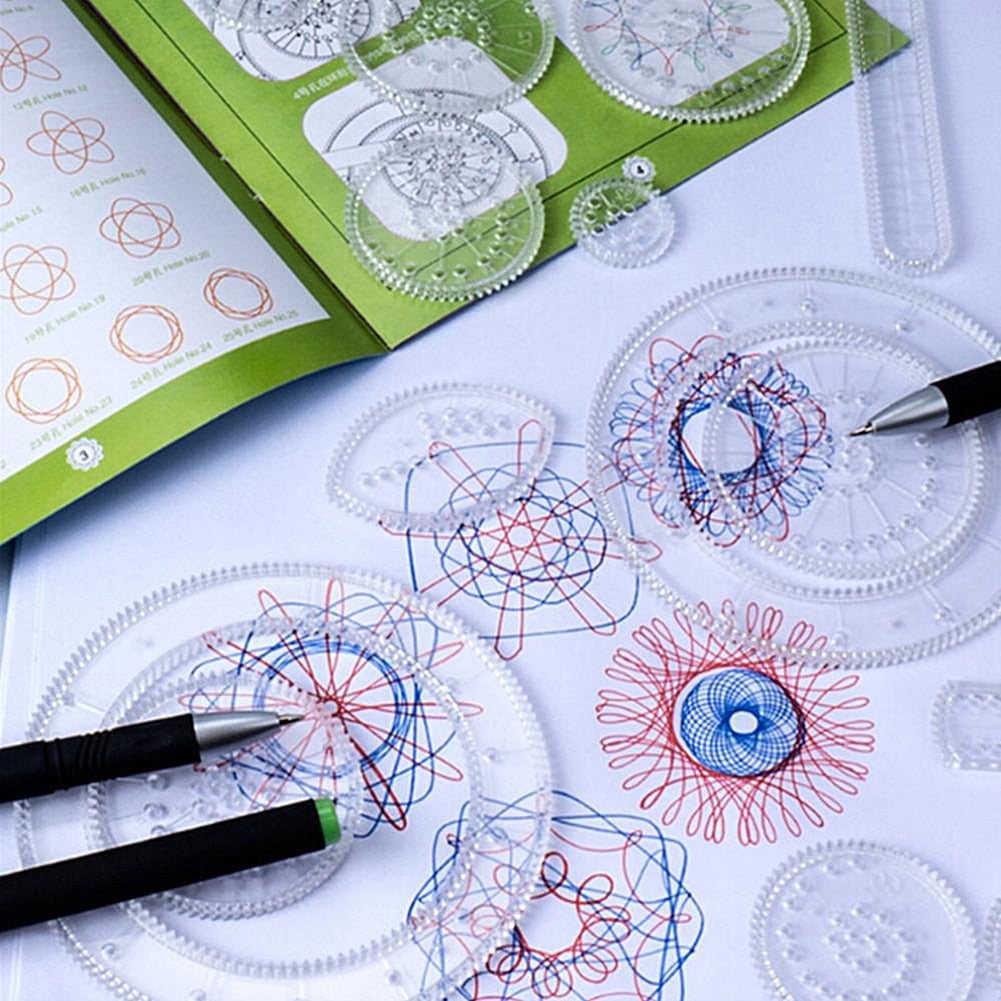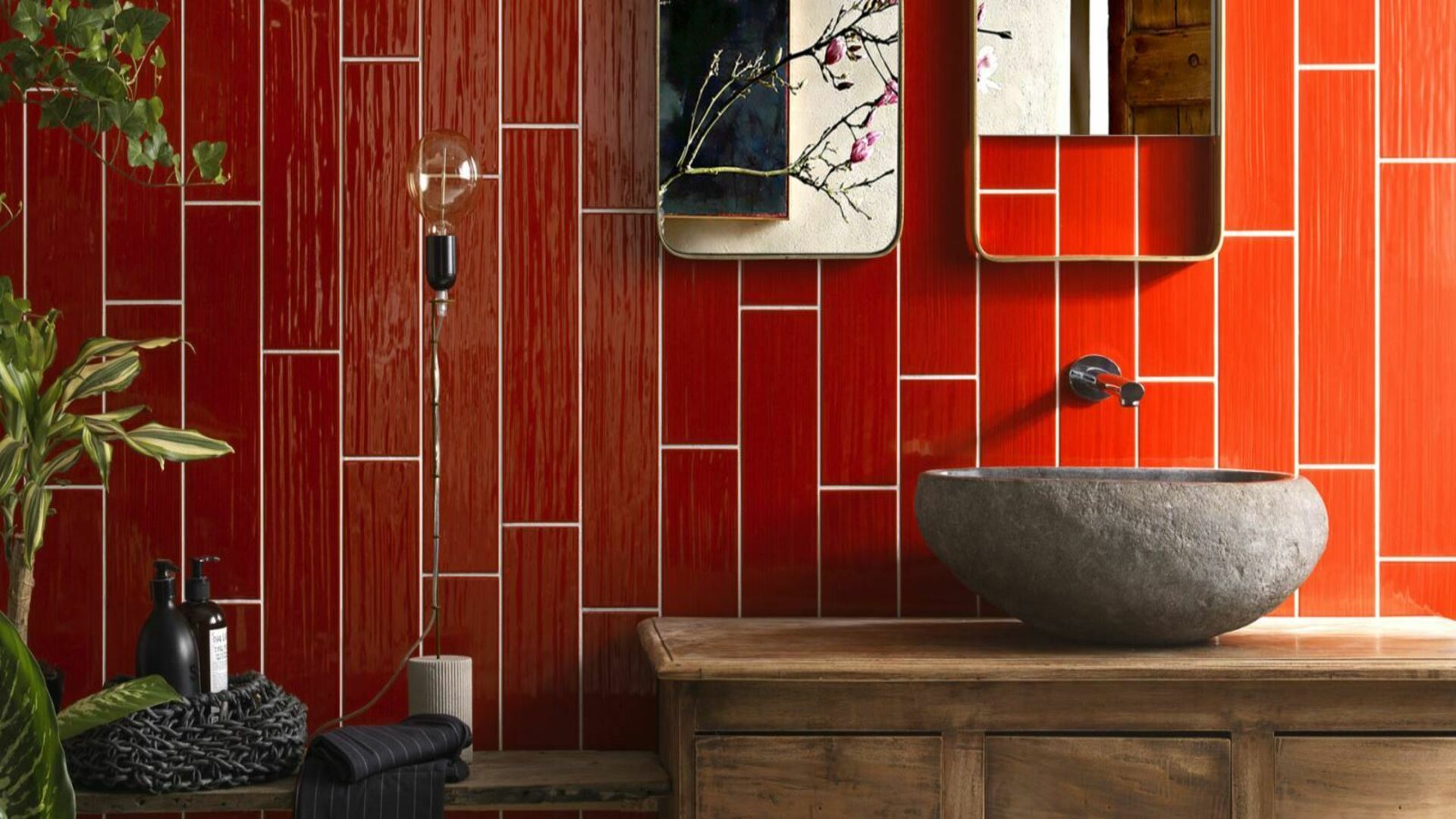

Each factor must be considered and weighed against the other factors and against the form and magnitude of the relief requested. 5 (Fed.Cir.1988) ( "Abbott") (also noting that the law of the Federal Circuit provides the standards governing the issuance of an injunction pursuant to § 283). § 283, a party must establish a right thereto in light of four factors: (1) reasonable likelihood of success on the merits (2) irreparable harm (3) the balance of hardships tipping in its favor and (4) the impact of the injunction on the public interest.

o obtain a preliminary injunction, pursuant to 35 U.S.C.
RASTEROPS PAINTBOARD 24 TRIAL
The grant turns on the likelihood that will meet its burden at trial of proving infringement." H.H. That is, "he grant of a preliminary injunction does not require that infringement be proved beyond all question, or that there be no evidence supporting the viewpoint of the alleged infringer. Ireco Chemicals, the Federal Circuit also made clear that the burden on the party seeking a preliminary injunction in a patent case should not be greater than the burden imposed in other kinds of cases. The Federal Circuit, however, has consistently cautioned that because such relief is granted before the defendant has had an opportunity to fully defend itself at trial, "a preliminary injunction is a drastic and extraordinary remedy that is not to be routinely granted." Intel Corporation v. § 283 (1988) is a matter *1482 committed to the sound discretion of the district court. The issuance of a preliminary injunction under 35 U.S.C. After carefully considering the parties' pre-hearing briefing (including numerous declarations and evidentiary exhibits), various deposition transcripts, the evidence and argument presented at the hearing, and the argument contained in the parties' post-hearing briefs, the court DENIES RasterOps' motion for a preliminary injunction for the reasons set forth in this Opinion and Order. On August 15, 1994, the parties submitted final written closing arguments.

On August 5, 1994, the court received live testimony and documentary exhibits, viewed a demonstration by Radius, and entertained brief argument by counsel. Accordingly, through this motion RasterOps seeks to enjoin (preliminarily) Radius from making, using, or selling only its VideoVision Studio product. In its reply papers (filed under seal Jone week before the hearing on the motion), however, RasterOps modified the scope of its motion, and at the hearing on the motion, counsel confirmed that for purposes of this motion, RasterOps alleges that only the VideoVision Studio products directly infringe the '852 patent. in Support of Motion for Preliminary Injunction, filed under seal April 14, 1994, at 23. Initially, RasterOps moved the court to "issue a preliminary injunction prohibiting defendant Radius from making, using or selling its VideoVision and VideoVision Studio products and any other products which infringes the claims" of the '852 patent. RasterOps filed the instant motion for a preliminary injunction on April 14, 1994. 93-4161 WHO, alleging that SuperMac also infringed the '852 patent. SuperMac Technology, Inc., Civil Action No. RasterOps simultaneously filed an action against SuperMac, RasterOps v. Plaintiff RasterOps filed the above-captioned action on November 23, 1993, alleging that defendant Radius has infringed and continues to infringe RasterOps' patent rights in United States patent No. OPINION AND ORDER DENYING MOTION FOR PRELIMINARY INJUNCTION Freedland of Fenwick & West, Palo Alto, CA, for defendant. Monahan, John Allcock, and Timothy King of Gray, Cary, Ware & Freidenrich, San Diego, CA, for plaintiff.ĭavid W.


 0 kommentar(er)
0 kommentar(er)
